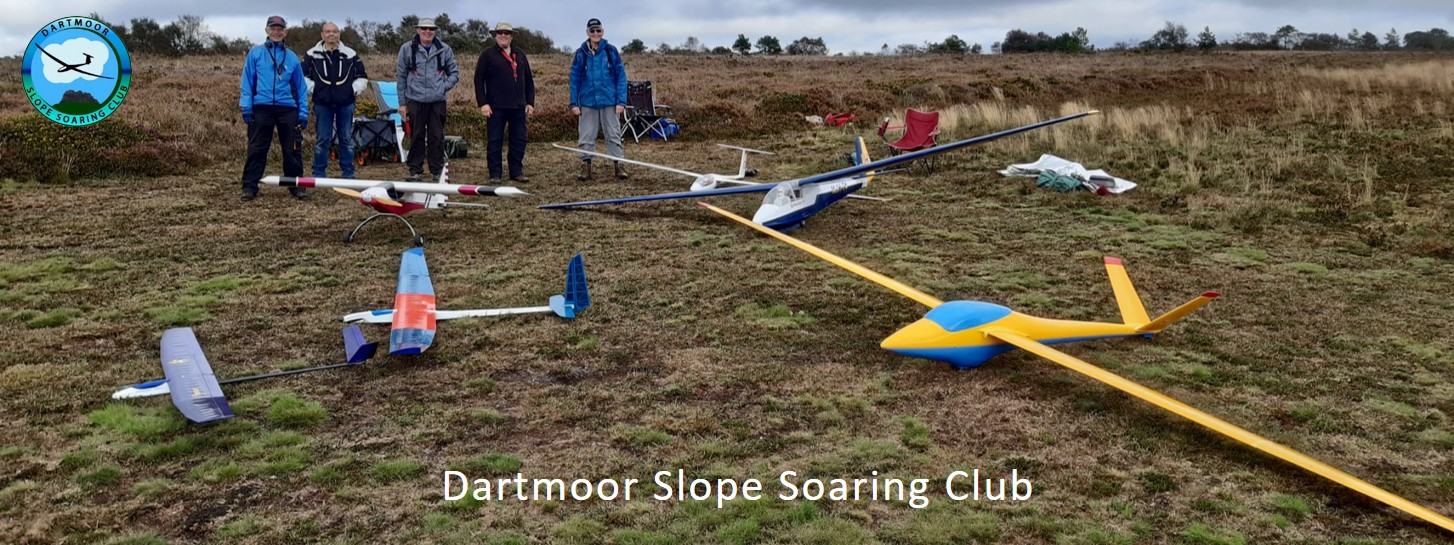Just as the wing was my first without span-wise sheeting – this is my first fuselage without sheet sides. But, as it turns out, there’s something rather satisfying about longerons, stringers, and all the fiddly bits in between. And when you’re REALLY enjoying a build, anything that makes it take longer just means the pleasure lasts longer.
What are they called? Those curved bits that hold stringers in place? I have no idea but they seemed like a good place to start. Cut out of balsa they’d be bound to split, and terribly weak, so I cut the shapes out of 1/64” ply then glued 1/16” balsa copies either side but with the grain in opposing directions. Light, stiff, and strong. Not a bad start:

Next job was to cut out the 1/32” ply doublers. I copied their rather weird outline using the old ‘pin prick’ method. I remember being 13 and getting into terrible trouble for doing that in a school woodwork lesson. “But it works so well” I exclaimed. The teacher wasn’t convinced. Evidently it was not ‘the done thing’. Cutting them out with a scalpel was a bit hard on the fingers but it gives such a clean cut compared to the scroll saw or fret saw:

(The weird bit sticking out above the cabin is because I’d not yet decided how to build that part – just leaving my options open).
Because the longerons had to be ¼” square, but hard balsa and very curved, I laminated two 1/8” x ¼” strips instead. (the ‘Cliff Harvey effect’ again). With the help of a weak solution of household ammonia (to loosen the wood fibres) they bent quite easily and were glued after drying:

All the fiddly bits went together well with soft ¼” sheet infills at the front:

Whilst making the formers I had the idea of incorporating a tow release which I incorporated into F3 so the mechanism terminated just behind the wing:





The cabin top was a bit of a challenge.
I don’t like the look of wing bands that go to a dowel below the cabin so the cabin top needed to be strong enough to cope with pulling quite a bit of G force without the front wing dowels giving way. I tested the strength of a 15mm projection of 6mm dowel by sticking it in the vice hanging a 12kg weight off it. It didn’t break. But whatever they were glued to needed to be equally strong. But the shape was complicated. Hmm…
In the end I carved and sanded a block of 12mm birch ply to shape. It’s curved in two directions; top view to match the screen wrap-around; side view to match the airfoil; and V-shaped in the front view (to match the wing dihedral) and epoxied to three layers of 1/16″ ply on each side, all just 6mm thick:

The diagonal bracing and turtle deck stringers were most satisfying:

…and making the battery hatch and removable cowl:

Almost ready for covering!

Hi David, just lost my post to you, dash! However a facinating build and looking very robust in construction. I was just looking back to ascertain the size of Old Phoney….70″ span, that’s sizeable! Are you thinking about the wheels and how whatever material, position and size they are to cope with the take off surface, any tail wheel? Is a model more likely to nose over if the wheel struts/legs are over long or in the wrong position longitude wise. Really looking fwd to the tow trials.
Well done as always
John
Thanks John. You can see the wheels and undercarriage in Part 1 and the wing in Part 2. Part 4 will be the covering and final touches.
David